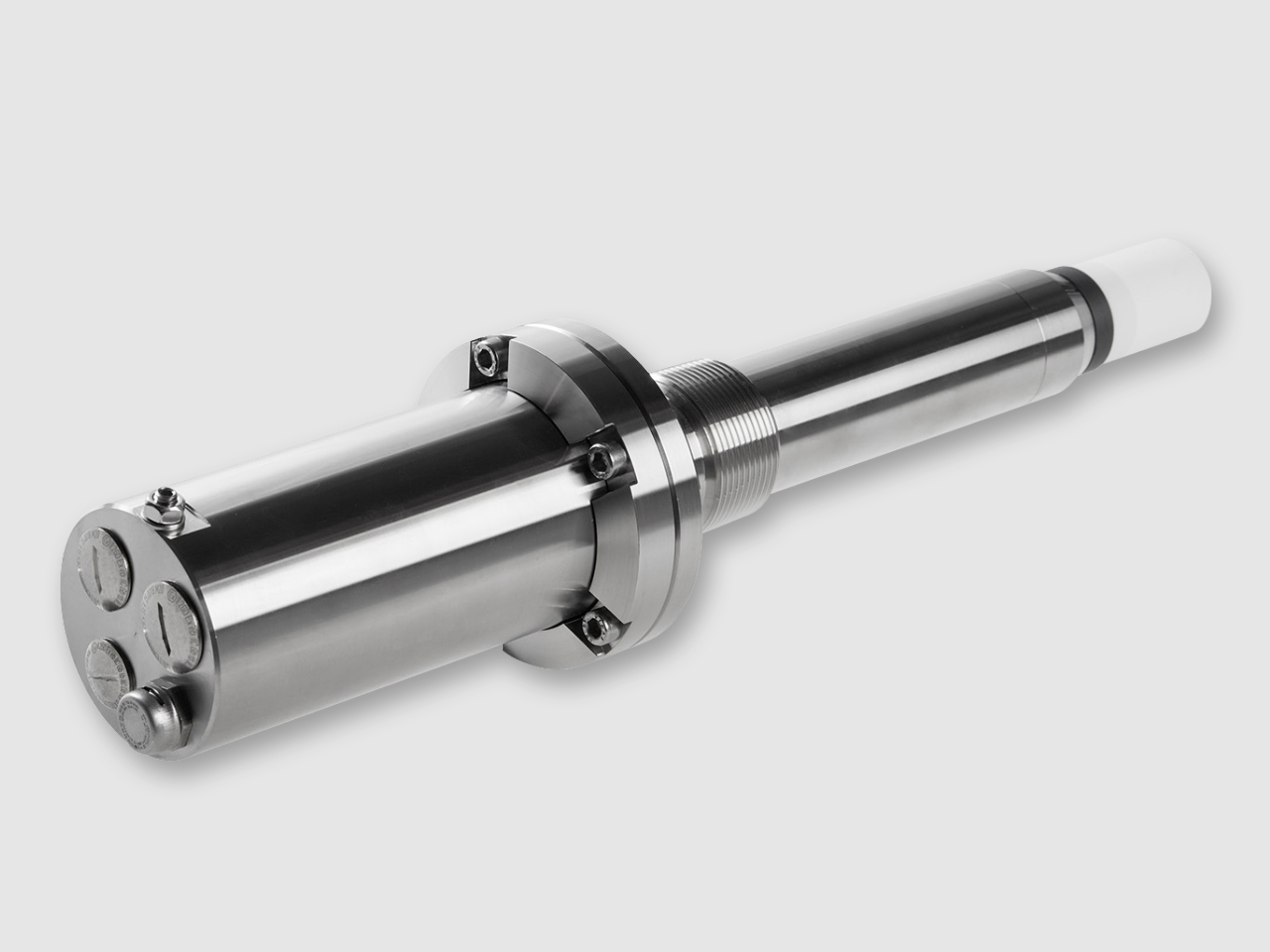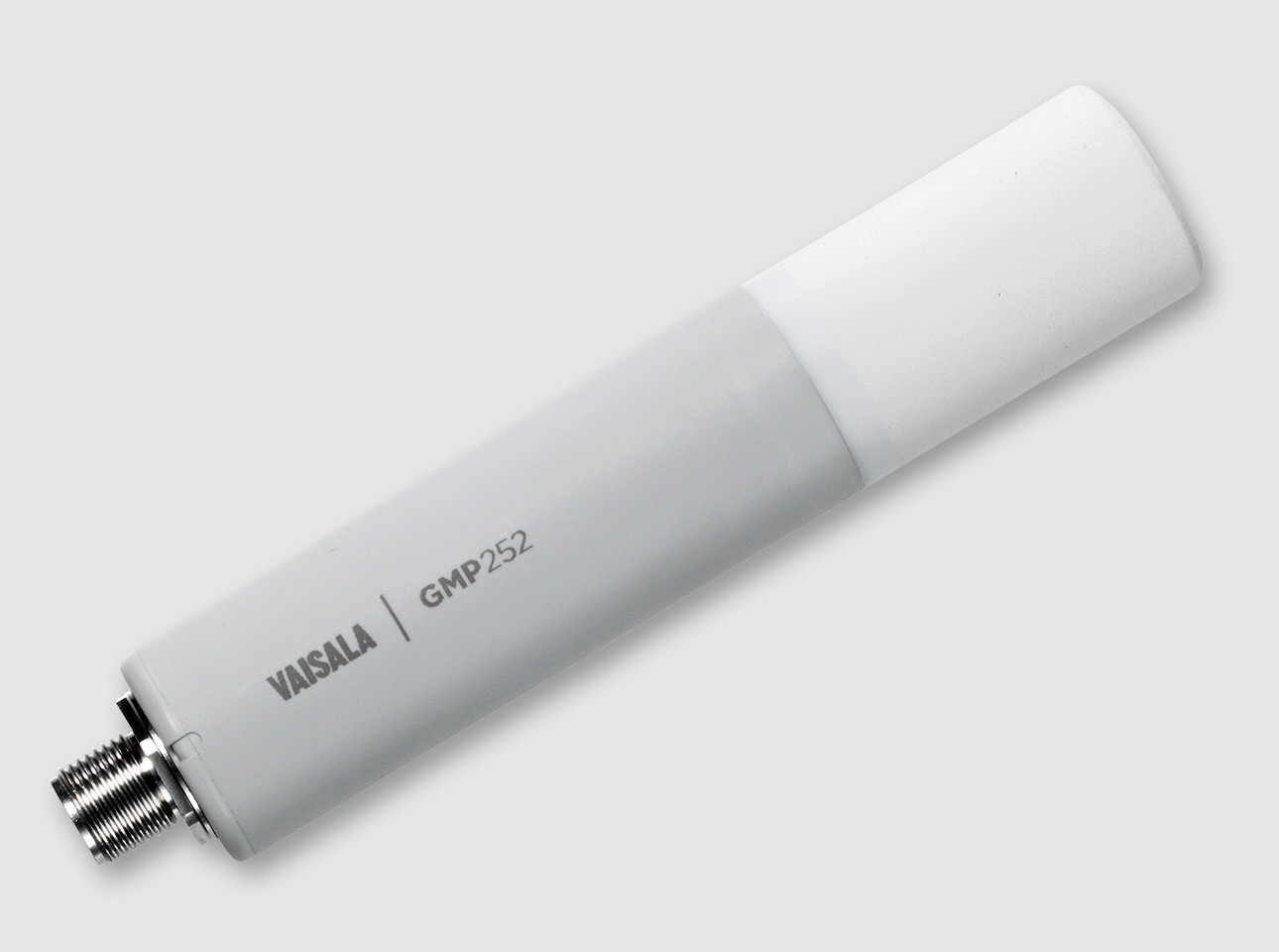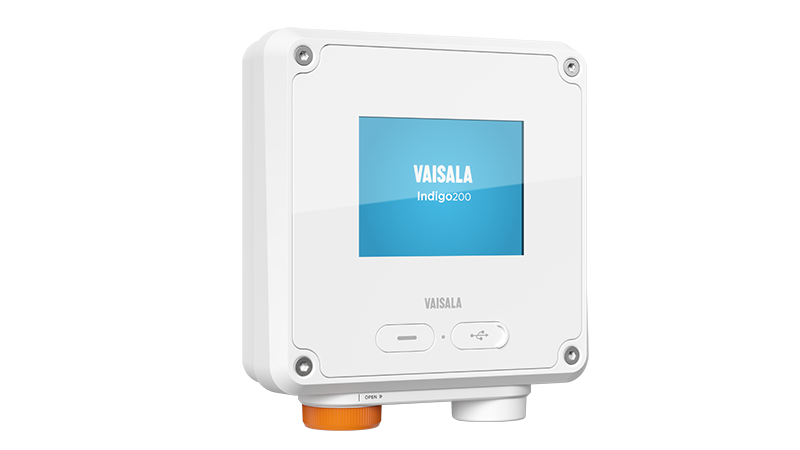Decarbonization: Accurate measurements deliver solid results in concrete carbon curing with Carbonaide
Vaisala’s cutting-edge measurement tools support construction industry’s carbon capture, utilization, and storage goals
As our climate continues to heat up, so does the demand for technologies that can efficiently remove CO2 from the atmosphere. Proposed solutions for sequestering CO2 are plentiful, but there are serious issues around how to verify claims made by promoters of CO2 reducing innovations. Accurately measuring these claims has in fact become a key topic in the private sector’s Voluntary Carbon Market (VCM), which is increasingly emphasizing the need to monitor, verify, and report the amount of CO2 that is actually captured and stored.
Carbonaide, a Finnish company serving the concrete industry, has a clear answer for this need – and it’s ready for market. With support and cooperation from Vaisala, Carbonaide’s solution is in fact quite practical and straightforward: Accurately measure everything.
Big challenges call for smart solutions
%20(1920px).jpeg) Climate changing CO2 emissions come from many sources, but the concrete industry alone emits 8% of global CO2, mostly in the form of emissions from standard Portland cement manufacturing. In fact, the UN has demanded that the cement industry's emissions be reduced by 16 percent within ten years, as cement emissions already single-handedly endanger the entire 2015 Paris Agreement to keep global warming below two degrees.
Climate changing CO2 emissions come from many sources, but the concrete industry alone emits 8% of global CO2, mostly in the form of emissions from standard Portland cement manufacturing. In fact, the UN has demanded that the cement industry's emissions be reduced by 16 percent within ten years, as cement emissions already single-handedly endanger the entire 2015 Paris Agreement to keep global warming below two degrees.
A single ton of Portland cement creates an astounding 800–900 kilograms of CO2 emissions, and with laws increasingly tightening around concrete production emissions, efficient technologies to reduce the CO2 emissions from concrete are increasingly in demand. The challenges are several-fold: How to remove CO2? Where to store it? How to do this affordably? And – just as importantly – how to accurately measure that this has in fact been done?
A concrete solution – the Carbonaide way
Enter Finland-based start-up, Carbonaide. Simply stated, Carbonaide’s expertise is in transforming concrete from a large emission source into a carbon storage sink. The company’s CEO is Tapio Vehmas, an analytical chemist by training with more than 20 years of experience in the concrete sector. He is one of the co-founders of Carbonaide, alongside COO Jonne Hirvonen. As Vehmas puts it, “Our goal is quite focused – to create a more sustainable future with cutting-edge tech that doesn’t just reduce the carbon emissions of concrete, but also stores more CO2 than it emits throughout its lifetime.”
%20(1920px).jpeg) Vehmas explains, “Carbonaide offers the most effective and robust carbonization technology for pre-cast concrete manufacturers. We are experts of both carbon curing and sustainable carbon dioxide value chains. With our technology, a concrete manufacturer can reduce cement consumption in daily production and also decrease the carbon footprint of their products by mineralizing CO2 into concrete.”
Vehmas explains, “Carbonaide offers the most effective and robust carbonization technology for pre-cast concrete manufacturers. We are experts of both carbon curing and sustainable carbon dioxide value chains. With our technology, a concrete manufacturer can reduce cement consumption in daily production and also decrease the carbon footprint of their products by mineralizing CO2 into concrete.”
Vaisala technology provides the winning edge
Carbonaide COO Jonne Hirvonen is eager to tell about the advantages of their production-ready innovation and the ways his team has benefitted from Vaisala’s advanced measurement tools. “Our unique advantage is that we accurately measure and control the carbon-curing process. Just as importantly, we have pushed our product to be as easy as possible to install and start using. The majority of our measurements are naturally about the CO2 levels – and the quality of online measurement data is a top priority for us.”
Hirvonen continues, “Unlike many, our carbonation can be efficiently and accurately verified from process measurements, without the need to constantly sample the concrete products. One early challenge we faced was that CO2 is usually measured in either ppm levels or for work-safety purposes – but our spectrum of need is very wide. It was for this reason that we needed new kinds of solutions, but ones that did not risk the quality of our measurements. This is when we realized that Vaisala could play an important role in our solution.”
Their initial need from Vaisala was quite simple. As they were developing their process, they understood there were significant measurement needs coming up and were eager to go with a partner who really understood this. Hirvonen also emphasizes that partnering with Vaisala was not only useful in the initial development stages, pointing out that, “If your business is expected to grow, only partners capable of delivering are of interest. Our goal is not merely development, but implementation on a large scale."
As Vaisala’s Product Manager Antti Viitanen states, “Sustainability is about proven numbers instead of big words. To make decarbonization a reality, reliable measurement data is an absolute must.”
Both Hirvonen and Vehmas emphasize that it’s not only their concrete manufacturing customers that demand accurate measurements and high quality – but also the entire construction sector using those concrete products. As Hirvonen puts it, “There is no option of doing things clumsily. Our industry accepts only robust, credible solutions, as buildings are meant to last for decades.”
Regarding Carbonaide’s own plans for the coming years Vehmas says, “Our goal is to sequester 500 million tons of carbon dioxide by 2050, and we don't see any major obstacles as to why that wouldn't happen, as we’ve now reached industrial scale processing capabilities and there is a clear – even obvious – demand for our product. In fact, if the entire world's cement production were to use our production process, 1.5 gigatons of carbon dioxide could be captured.”
Further reading:
Vaisala's solutions for decarbonization and carbon capture, utilization & storage »



